Rottweiler
Rottie, Rott
 akc
akc ankc
ankc ckc
ckc fci
fci nzkc
nzkc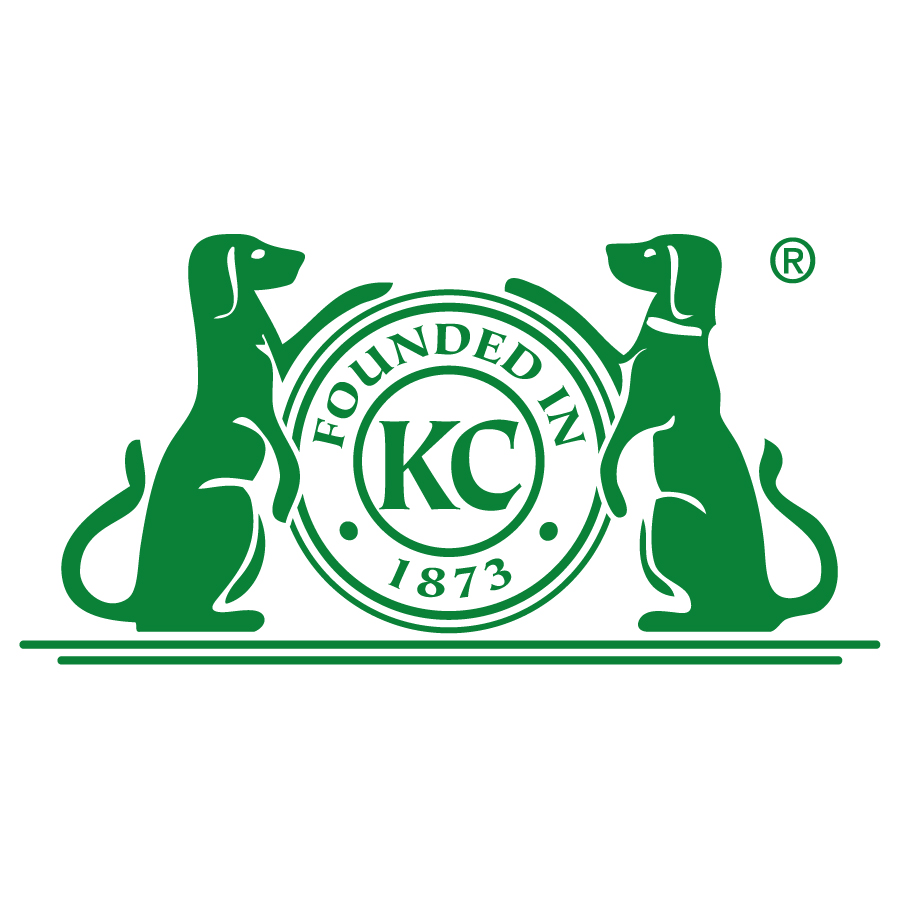 rkc
rkc ukc
ukc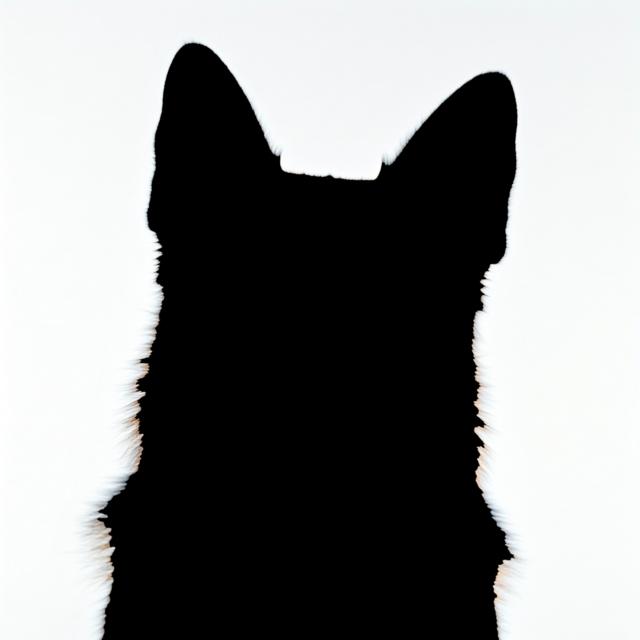
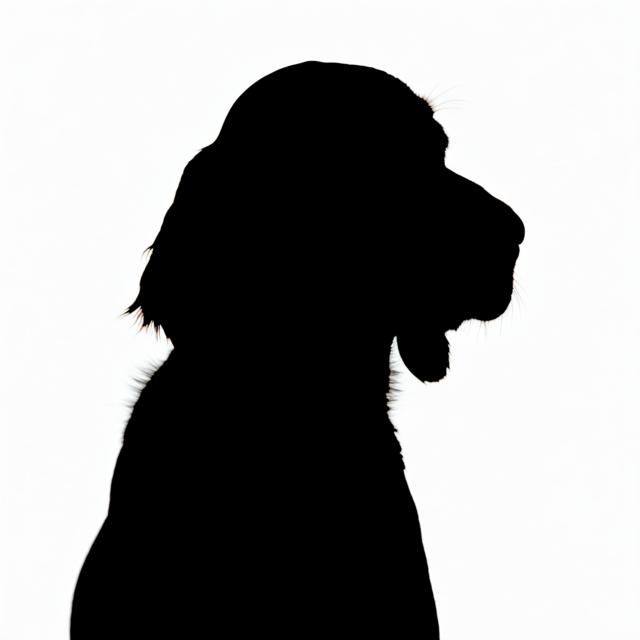
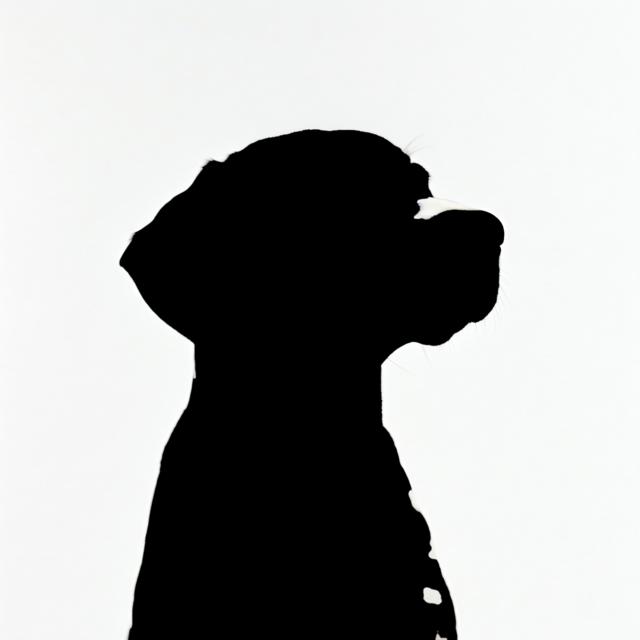
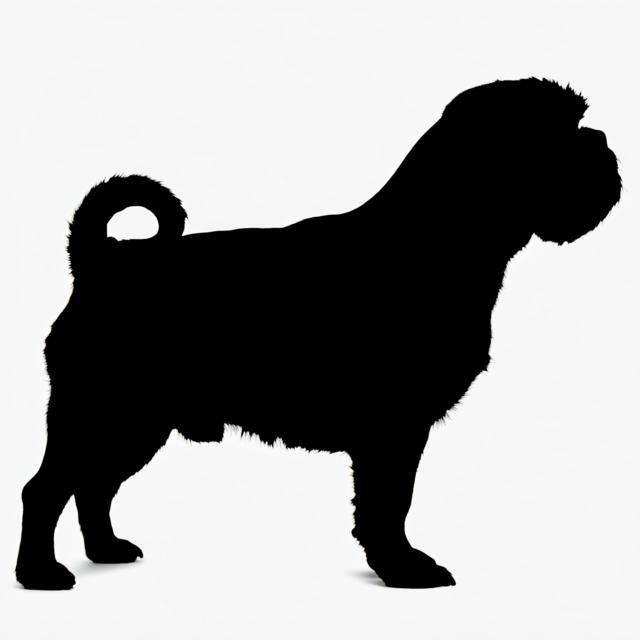
Summary
- The Rottweiler is a German breed known for its loyalty, confidence, and protective nature, traditionally used for herding and guarding livestock and now commonly found in roles such as police and search and rescue. They have a muscular build with a black and tan coat and require consistent training and socialization.
Origin and Purpose
- Germany
- Driving and guarding livestock
- Draft work
- Police dog
- Search and rescue
Appearance
Dimensions
| Gender | Height | Weight |
|---|---|---|
| Female | 22-25 inches (56-63 cm) | 80-100 pounds (36-45 kg) |
| Male | 24-27 inches (61-69 cm) | 95-135 pounds (43-61 kg) |
Coat
| Attribute | Notes |
|---|---|
| Color |
|
| Type |
|
| Length |
|
Care
| Attribute | Notes |
|---|---|
| Shedding |
|
| Grooming |
|
| Drooling |
|
Body
| Attribute | Notes |
|---|---|
| Head |
|
| Skull |
|
| Ears |
|
| Eyes |
|
| Nose |
|
| Muzzle |
|
| Teeth |
|
| Neck |
|
| Forequarters |
|
| Fore Legs |
|
| Hindquarters |
|
| Hind Legs |
|
| Feet |
|
| Tail |
|
| Gait |
|
Temperament
- Confident
- Courageous
- Loyal
- Calm
- Obedient
- Watchful
- Self-assured
Social
| Attribute | Notes |
|---|---|
| Affectionate with Family |
|
| Good with Children |
|
| Good with Dogs |
|
| Good with Cats |
|
| Openness to Strangers |
|
| Playfulness Level |
|
| Protective Nature |
|
| Adaptability Level |
|
Working Roles
- Police work
- Herding
- Search and Rescue
- Guard dogs
- Draft work
- Service Dog
Exercise Needs
- High; requires daily walks, runs, or playtime
Health
- Hip Dysplasia
- Elbow Dysplasia
- Osteosarcoma
- Subvalvular Aortic Stenosis
- Bloat
- Progressive Retinal Atrophy
- Hypothyroidism
Additional Notes
- Early socialization and training is crucial. Consistent training is key to a well-behaved dog. Known for their loyalty and protective nature.